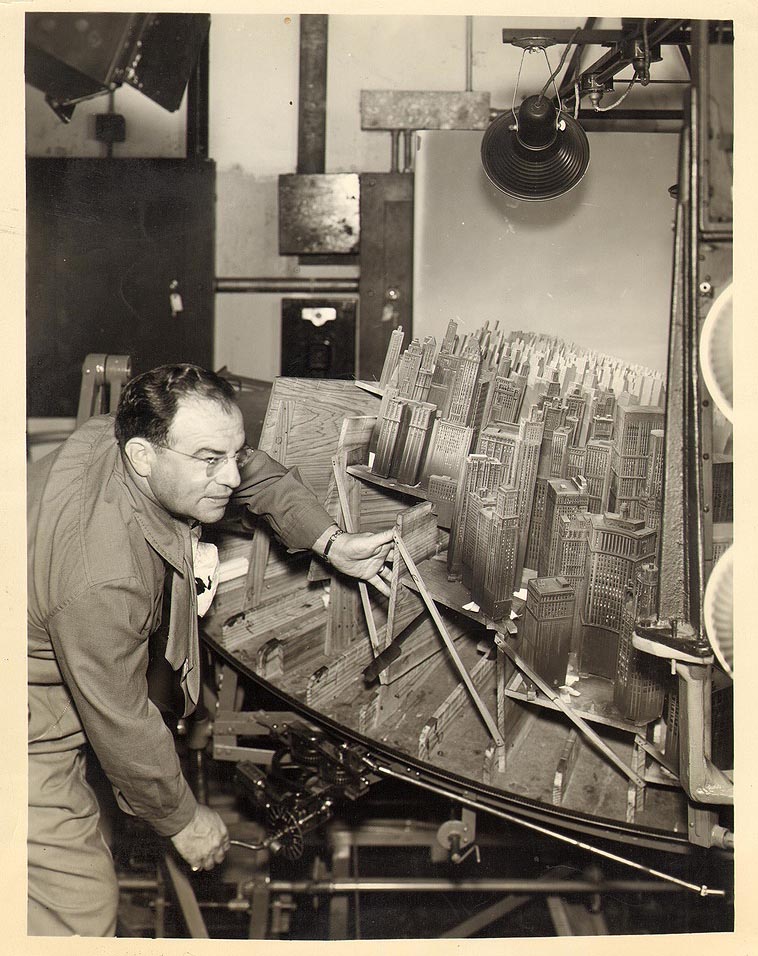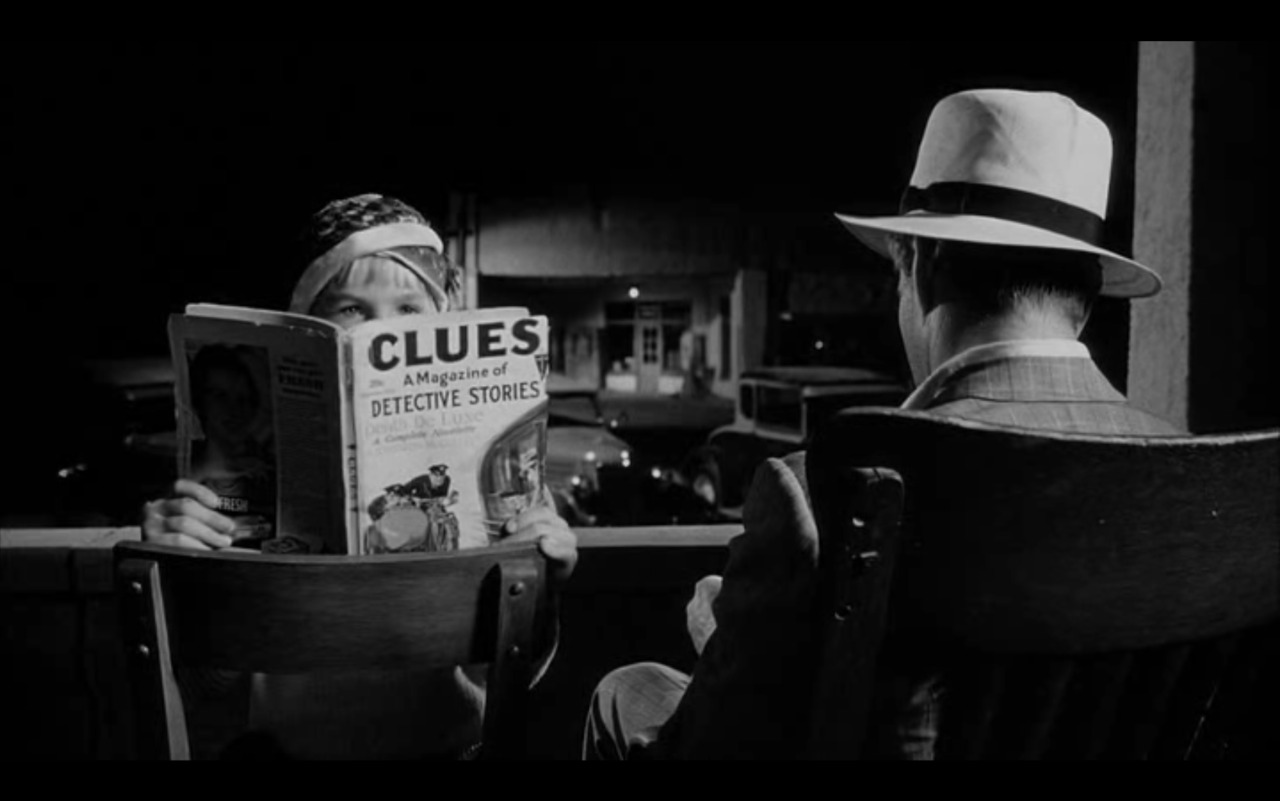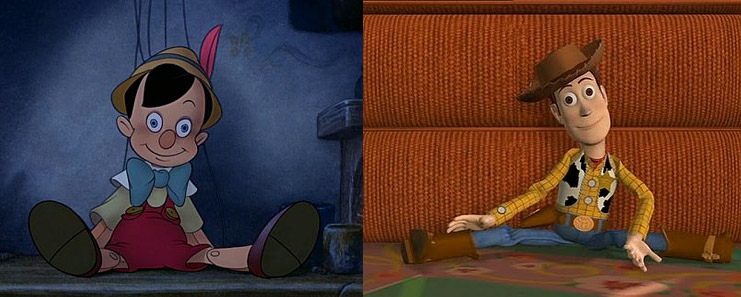I’ve been telling people for years that the Total Recall DVD commentary track is one of the most entertaining bits of meta-entertainment out there, with Paul Verhoeven waxing nostalgic about his directorial artistry while Arnold chuckles through literal recaps of his favorite violent scenes. Now you can enjoy Arnold’s rambling half of the conversation, condensed into a tidy YouTube package!
See also: Arnold Schwarzenegger and John Milius on Conan The Barbarian, a similar collection edited down from that movie’s commentary track, another true gem.
(Via Kottke)




